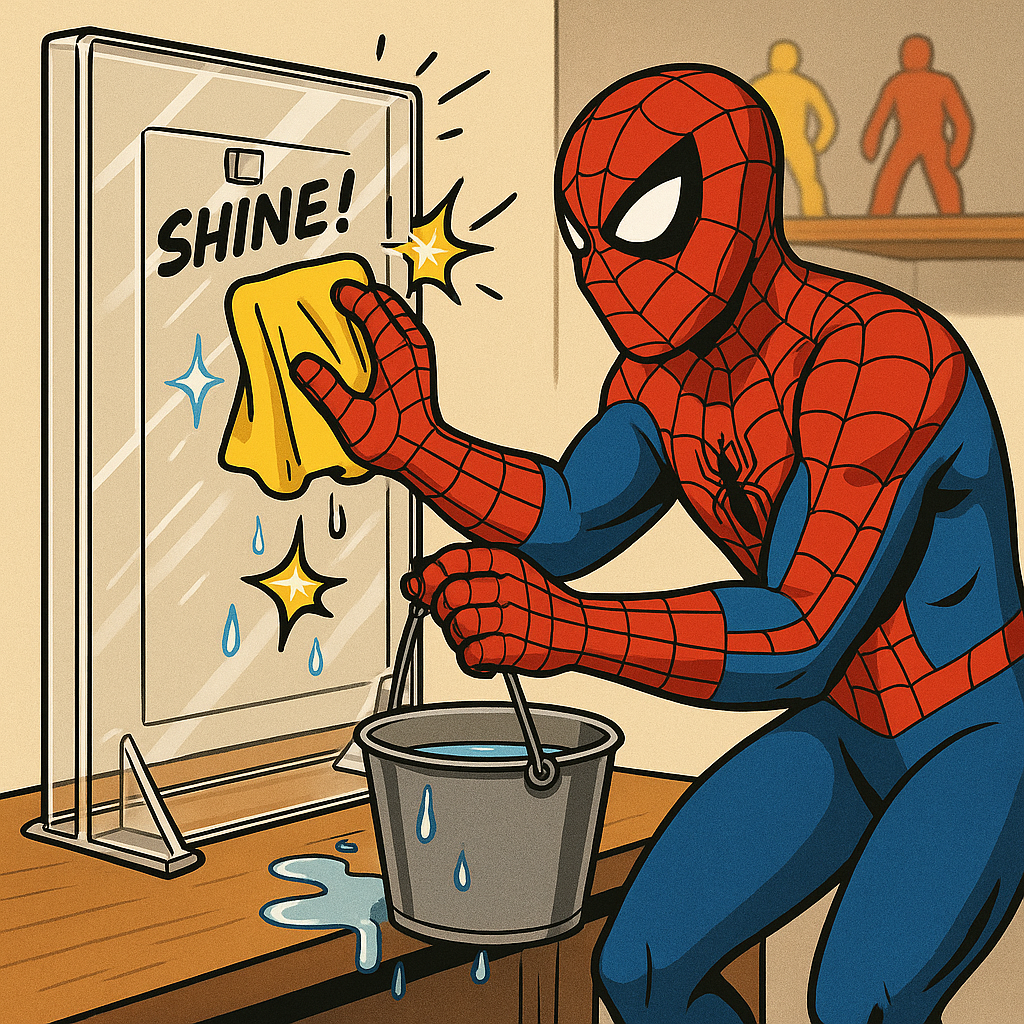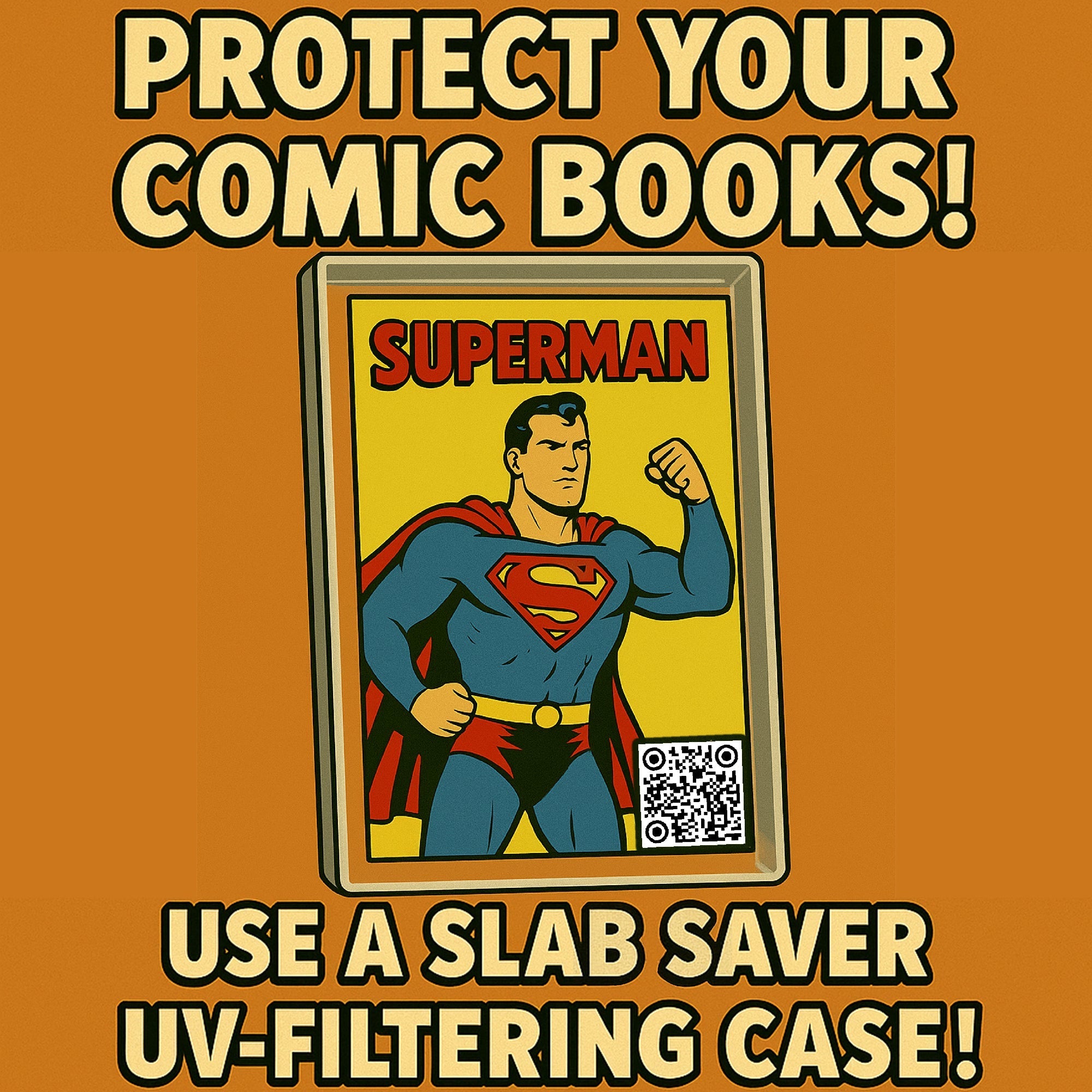How to Clean UV‑Resistant Acrylic (Without Scratches or Stress)
Hey there! If you can wash a wine glass, you can clean UV‑resistant acrylic. The trick is using the right cloths and cleaners (and skipping the harsh stuff). Here’s a friendly guide to keep your displays crystal‑clear.
Quick Start (Friendly Cheat Sheet)
-
Use: lukewarm water + a tiny drop of mild, dye‑/fragrance‑free dish soap; super‑soft microfiber; optional acrylic‑safe anti‑static spray.
-
Avoid: ammonia glass cleaners, alcohol, acetone/solvents, paper towels, magic erasers, scouring pads, and dry‑dusting.
-
Technique: blow or rinse dust first → blot, don’t scrub → wipe with feather‑light pressure in straight lines → dry with a second clean microfiber.
Pro tip: Keep two microfibers labeled wash and dry. Wash them without fabric softener—softener can leave a film.
What You’ll Need (Safe Stuff Only)
-
Ultra‑soft, lint‑free microfiber cloths
-
Lukewarm water (distilled is best for a spot‑free finish)
-
A few drops of mild dish soap (dye/fragrance‑free)
-
Optional: acrylic‑specific anti‑static cleaner/polish
-
Optional: compressed air or a rubber air blower for loose dust
The 5‑Minute Clean: Step‑by‑Step
-
De‑dust first. Use compressed air or a gentle rinse to lift grit so you’re not dragging it across the surface.
-
Mix the mild solution. One drop of dish soap in a bowl of lukewarm water.
-
Blot, don’t grind. Lightly dampen a microfiber and blot fingerprints to lift oils.
-
Feather‑light wipes. Wipe in straight lines from edge to edge with almost no pressure.
-
Rinse & dry. Mist/rinse with clean water, then dry immediately with a second microfiber to avoid spots.
-
Optional anti‑static. If dust cling drives you nuts, finish with an acrylic‑safe anti‑static spray and a gentle buff.
What Not to Use (Ever)
These can scratch, cloud, craze, or damage UV coatings:
-
Ammonia or alcohol‑based glass cleaners (the common blue stuff)
-
Solvents: acetone, MEK, benzene, toluene, lacquer thinner, gasoline
-
Abrasives: paper towels, tissues, scouring pads, powdered cleansers, melamine foam ("magic erasers")
-
Dry dusting (wiping while dusty)
-
High heat/steam or cleaning in direct, intense sun
-
High‑pressure nozzles or pressure washers
How Often Should I Clean It?
-
Dust‑prone rooms: quick air‑blow and gentle microfiber buff weekly.
-
Normal use: every 2–4 weeks or whenever fingerprints show.
-
After projects/renovation: rinse first, don’t wipe grit.
Fix‑It Guide (Common Annoyances)
Fingerprints & smudges
Blot with the mild soap mix, follow with a water‑only wipe, then dry.
Static that attracts dust
Use an acrylic‑safe anti‑static spray or polish. Skip household fabric softener residues on cloths.
Water spots or haze
Finish with distilled water and dry right away. Persistent haze? Re‑clean with distilled water only to remove leftover cleaner.
Sticker/adhesive residue
Resist the acetone/alcohol urge. Soften with lukewarm, soapy water and repeated blotting. If needed, use a product specifically labeled acrylic‑safe, test a tiny corner first.
Fine hairline scratches
Try an acrylic‑safe polish (plastic‑specific “#1” type cleaners or multi‑step kits) with ultra‑soft applicators. Deep scratches usually need a pro; skip sandpaper unless you know acrylic finishing.
Handling & Placement Tips
-
Lift, don’t slide. Sliding can create micro‑scratches.
-
Use both hands and support the edges to avoid flex.
-
Keep away from harsh aerosols (spray paints, strong disinfectants) and high‑heat sources.
Do / Don’t at a Glance
Do:
-
Use lukewarm water, mild soap, and ultra‑soft microfiber
-
Rinse or blow off dust before wiping
-
Dry immediately to prevent spots
-
Use acrylic‑specific anti‑static products when needed
Don’t:
-
Use ammonia glass cleaner, alcohol, acetone, or strong solvents
-
Use paper towels, scouring pads, or magic erasers
-
Dry‑wipe dusty surfaces
-
Clean in hot sun or with hot water/steam
Friendly FAQ
Can I use isopropyl alcohol?
We recommend no. It can stress‑craze acrylic and dull coatings over time. Water + mild soap works beautifully.
Are “plastic polishes” okay?
Yes, if they’re specifically labeled for acrylic. Follow directions and use sparingly (too much can leave residue).
Does cleaning reduce UV protection?
Not if you clean gently and avoid harsh chemicals and heat. That’s the whole goal here!
Is tap water fine?
Sure, for washing. For a spot‑free finish, do a quick final rinse with distilled water, then dry.
Wrap‑Up
Keeping UV‑resistant acrylic clear is easy: gentle products, light touch, the right microfiber. When in doubt, test a small corner first.
Have a Slab Saver display and a tricky cleaning question? Reach out, we’re happy to help keep your collection looking its best.



